It is common for runners to overdo it. Each year, up to 70% of runners develop injuries. They most often occur because of a training error. You may run too far, too fast, or too soon after an injury. As a runner, it is important to take care of your body. There are things you can do to help prevent overuse injuries from running.
Path to safety
You can lower your risk of running injuries by doing the following:
- Start slow if you are new to running. Alternate walking and running to ease into it.
- Do not increase your running mileage by more than 10% per week.
- Do not run more than 45 miles per week. There is little proof that running this much improves your performance. In fact, it can increase your risk of an overuse injury.
- Do not run on slanted or uneven surfaces. The best running surface is soft, flat ground.
- Do not “run through pain.” Pain is a sign that something is wrong and you shouldn’t ignore it.
- If you have pain when you run, rest for 2 to 3 days and use ice. See your doctor if the pain continues for 1 week.
- Alternate hard running or training days with easy days.
- Change your running shoes every 500 miles. At this distance, shoes can no longer absorb the shock of running.
Stretching and strengthening exercises are important for prevention. Ideally, you should stretch on days you run and rest. This also can be part of an injury recovery plan. You should do each stretch until you feel tension but not pain. Never bounce with an exercise.
Be consistent with your exercises. Do 3 sets of each exercise with 10 repetitions in each set. Make sure you exercise both legs equally. Try not to favor a leg that is weaker or injured. You can add ankle weights as the exercises become easier for you. Below are example exercises that you can follow.
Stretching exercises
There are several stretching exercises I recommend before and after running. Here are some examples:
Hamstring stretch
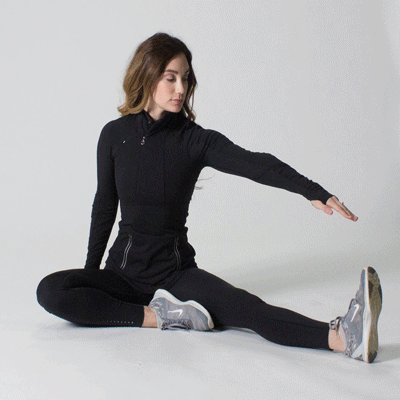
Iliotibial (IT) band stretch
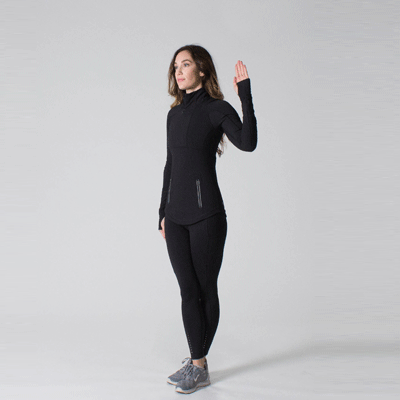
Groin stretch
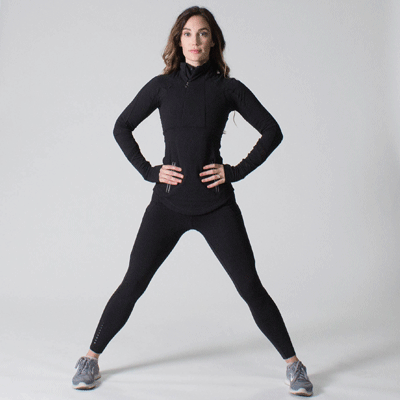
Quadriceps stretch
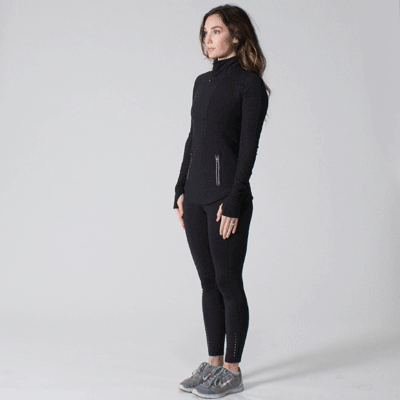
Calf stretch
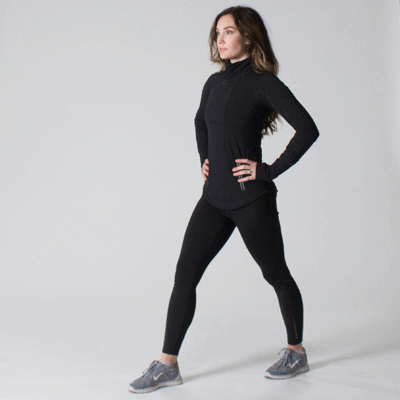
Each stretch can be held for about 10-20 seconds. You can use the wall or other props to enhance your stretch.
Things to consider
Some doctors suggest wearing orthotics or compression socks or sleeves. These can help prevent running injuries. Orthotics are shoe inserts that can correct bad alignment between your foot and lower leg. You might need orthotics if your feet turn in, a problem called pronation. If you have bad alignment but don’t have pain or injuries from running, you probably don’t need orthotics. Compression socks and sleeves help increase circulation. People who run a lot and have poor blood flow may need to wear these.
Enjoy your summer and have a great run! Dr Susarla

